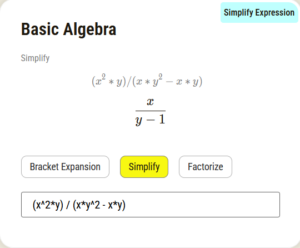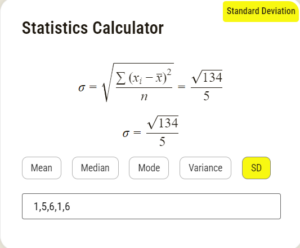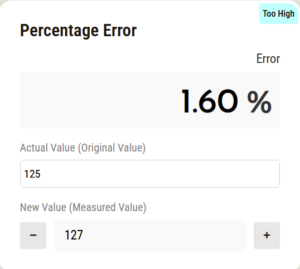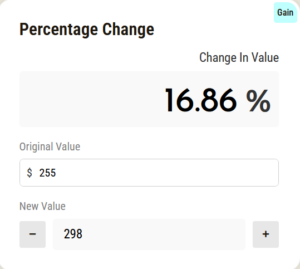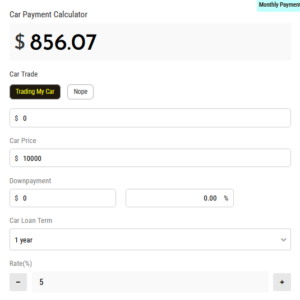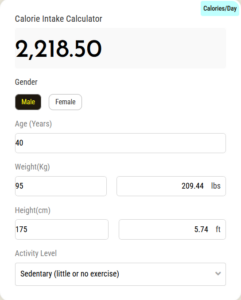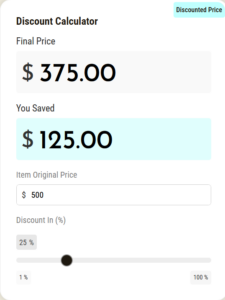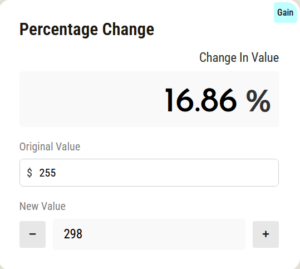Learn More About Fraction Calculator
CalculatorCrave fraction addition calculator is a tool that allows users to add two or more fractions together. To use a fraction addition calculator, enters the numerators and denominators of the fractions you want to add.
Adding fractions
Adding fractions involves combining two or more parts to make a larger whole. To add fractions together, the denominators (the bottom number of the fraction) must be the same. If they are not the same, you must find a common denominator by finding the least common multiple of the denominators.
Once you have a common denominator, you can add the numerators (the top number of the fraction) together while keeping the denominator the same. This new fraction represents the combined parts of the original fractions.
Example
For example, if you have 1/3 + 1/6, the denominators are not the same. The least common multiple of 3 and 6 is 6, so you need to change the fractions to have a denominator of 6. 1/3 becomes 2/6, and 1/6 stays as it is. Then you can add the numerators: 2/6 + 1/6 = 3/6, which simplifies to 1/2.
In this way, adding fractions involves combining the parts of each fraction to make a larger whole fraction.
The concept of a common denominator and how it is used to add fractions with unlike denominators.
A common denominator is a common multiple of the denominators of two or more fractions that allows them to be added or subtracted. When adding fractions with unlike denominators, it is necessary to find a common denominator in order to combine the fractions into one fraction.
\frac{1}{3} + \frac{1}{6}
To add fractions with unlike denominators, follow these steps:
1. Find the least common multiple (LCM) of the denominators of the fractions.
2. Rewrite each fraction with the common denominator.
3. Add or subtract the numerators of the fractions.
4. Simplify the resulting fraction if necessary.
For example, let's add 1/3 and 1/6:
1. The denominators are 3 and 6. The LCM of 3 and 6 is 6.
2. Rewrite both fractions with the common denominator of 6: 2/6 and 1/6.
3. Add the numerators: 2/6 + 1/6 = 3/6.
4. Simplify 3/6 to get 1/2.
In this case, the common denominator allowed us to add the fractions together to get the final answer.
